To celebrate the upcoming release of Anne Boleyn: A King’s Obsession, the second novel in Alison Weir’s Six Tudor Queens series, Alison has written a guest post, which explores whether Anne Boleyn may have suffered from gender disappointment after the birth of Elizabeth in September 1533.
I’d love to hear what you think, so be sure to leave a comment after Alison’s guest article.

DID ANNE BOLEYN SUFFER FROM GENDER DISAPPOINTMENT?
By Alison Weir
On 7 September 1533, Henry VIII’s second wife, Anne Boleyn gave birth to their first child. It was not the male heir so urgently desired by the King, but a girl, Elizabeth. This was a shattering disappointment, for it had not yet been shown that a woman could rule successfully, as Elizabeth later did, and it was seen as against natural and divine law for a woman to wield dominion over men.
According to the Imperial ambassador Eustache Chapuys, both the King and Queen manifested ‘great disappointment’ at the child’s sex, which was a ‘great reproach’ to the doctors and astrologers who had predicted it would be a boy. Chapuys could only conclude that ‘God has entirely abandoned this King’. But Henry put on a brave face.
The unreliable ‘Spanish Chronicle’ states that Anne ‘loved this child so much that she would not let her out of her sight.’ Whenever she sat enthroned under her canopy of estate, ‘she had a cushion placed underneath’ for Elizabeth. But no other source corroborates these statements. Indeed, Anne had cause to feel disappointed in her child, for the birth of a princess weakened her position. In November 1533, a French ambassador reported that ‘the King’s regard for the Queen is less, and diminishes every day. He has a new fancy.’ Frustration at not having a son may have accounted for Henry straying; he must have felt that Anne had failed him, and was perhaps beginning to wonder why he had risked so much for her, and why God had again denied him a prince. But whatever Henry felt inwardly, he was clearly resolved not to lose face, and determined that all should recognise Elizabeth as his heir.
Queens did not breastfeed their infants, for it was incumbent upon them to conceive again as soon as possible; in Anne’s case, the need to do so was pressing. It was the custom for a queen to surrender her baby to the care of others who would suckle it and see to all its daily needs. A good mother was one who loved her children and looked to their advancement; the term did not imply daily practical care or interaction with them. The Queen’s chief concern was to oversee and supervise her children’s upbringing and education, and, later on, to ensure that they made good marriages.
In December 1533, when Elizabeth was three months old, Henry VIII established an independent household for her at Hatfield, which was convenient for London, yet well away from its noisome, often plague-infested air. It was traditionally the Queen who appointed the nursery staff, but the choice of Margaret, Lady Bryan, as lady governess, must have been the King’s, for she had formerly cared for the Princess Mary. Chapuys noted that Elizabeth was taken from Greenwich to Hatfield by a roundabout route ‘for the sake of pompous solemnity’, the better to impress upon the people the fact that she was the King’s heiress. Anne did not accompany her.
We do not know how much Anne missed her child, only that, when Henry visited Elizabeth on 10 January 1534, she was not with him. Her overriding concern was to ensure that he would not see Mary, his daughter by Katherine of Aragon. Mary had been made to wait on Elizabeth, and Anne feared that Henry might be moved by ‘fatherly pity’ to treat Mary more kindly and restore the title of princess to her. Anne could not allow that, so she sent Thomas Cromwell posting after the King to prevent him at any cost from seeing or speaking to Mary.
Anne visited Elizabeth in February 1534, and again, on 18 April, with Henry. By then she was pregnant again. We hear that Elizabeth was ‘much in the King’s favour’ and that he and Anne inspected the preparations that were in hand ‘against the coming of the Prince’, who appears to have died at birth, or been born dead, in the summer.
In September 1534, Elizabeth was a year old, and the King, on the advice of Lady Bryan, commanded that she be weaned ‘with all diligence’; Anne, the child’s mother, did not make the decision, but merely assented to it. The order was relayed through Cromwell to Lady Bryan, along with a letter from the Queen, the contents of which are not known.
It was accepted that, from time to time, the King would involve his wife in diplomatic relations, mainly in connection with the marriages of their children, in which she was an interested party – and indeed traditionally was supposed to interest herself. In 1534, we see Anne trying to bring about a marriage between Elizabeth and Charles, Duke of Angouleme, third and youngest son of Francis I of France. But it was not just a great nuptial alliance that she desired; she was looking to her own security. For if Francis could be brought to agree to the marriage, Anne would have manoeuvred him into the position of publicly recognising her as queen, which he had never done, and her daughter as Henry’s legitimate heir. Once that had been achieved, he might prove a powerful friend to her, as her position became increasingly vulnerable.
Early in 1535, Elizabeth was at court for five weeks. In February, Anne’s face fell when a French envoy had to admit that King Francis had said nothing about a betrothal. ‘She complained of the long delay, which had caused and engendered in the King her spouse many strange thoughts, of which, she said, there was great need that a remedy should be thought of, unless the King her brother [Francis] would that she should not be maddened and lost, for she found herself near to that, and more in pain and trouble than she had been since her espousals.’ Again, her concern was for herself, rather than for her daughter’s future.
In May, Anne was hoping that her brother, then on an embassy in France, would be able to persuade King Francis to agree to the marriage, but Francis was showing no enthusiasm for it. She was therefore delighted when, in July 1535, at Henry VIII’s instance, the French King at last agreed to enter into negotiations. But other events would intervene.
On 9 January 1536, to celebrate the death of Katherine of Aragon, Henry and Anne presided over a magnificent court ball. ‘The King dressed entirely in yellow from head to foot’ – a calculated insult to Katherine’s memory – and had the Princess Elizabeth ‘triumphantly conducted to Mass with trumpets and other great triumphs’, underlining her undoubted right to succeed him. ‘After dinner, Henry himself fetched Elizabeth ‘and carried her out in his arms, showing her off to everyone present’. She was two years old, but already she ‘walked and talked like a child of four’. Anne also wore yellow, but there is no record of her taking part in the showing off of her daughter.
In the spring of 1536, we have a record of Anne ordering new clothes and other items for Elizabeth, including embroidered caps and leading reins. These accounts show that she kept her child sumptuously dressed and took a personal interest in her attire. Naturally, as the heiress to England, Elizabeth had to be dressed with great magnificence, which would reflect upon her mother.
Anne had recently miscarried of a son, and the stage was set for her fall. She clearly guessed that something was going on, and on 26 April, she charged her chaplain, Matthew Parker, with the care of Elizabeth, lest anything untoward befall herself. Her plea made a profound impression upon Parker, and years later, when Elizabeth was queen, he told her he owed her allegiance, not only as her Archbishop of Canterbury, but also because ‘he cannot forget what words her Grace’s mother said to him not six days before her apprehension’.
Anne had her daughter with her at Greenwich at that time; among the final entries in her household accounts were payments for two leading reins `with great buttons and long tassels` for the Princess and – the last entry of all – `a cap of taffeta with a caul of damask gold`. On 30 April, carrying Elizabeth in her arms, she made a plea to the King; they were seen arguing through an open window, but their words could not be heard. This was the last recorded occasion on which Anne was with Elizabeth. On 2 May she was arrested and taken to the Tower; on the 19th she was beheaded, having consented to the annulment of her marriage and the disinheriting and bastardisation of her child. Among the detailed accounts of her recorded utterances in the Tower, and on the scaffold, there is no record of her mentioning Elizabeth.
Much has been made of Anne leaving behind a motherless child of two years and eight months. In fact, she had seen very little of her daughter, and visited her infrequently, while Elizabeth was rarely at court. Anne had worked for Elizabeth’s marriage, and been jealous of her rights as Henry’s heir, but her personal involvement in her daughter’s life did not amount to much, which may suggest that, disappointed by Elizabeth’s sex, she found it hard to bond with her. It is known that gender disappointment can be responsible for mothers failing to bond with a child, while another factor is pressure to bear an infant of a specific gender. Some can feel robbed of the gender they wanted. Of course, the demands of Anne’s queenly role and the custom of high-born mothers delegating the care of their children can account to a degree for her being apart from her child for long periods, but in comparison with her two predecessors, Elizabeth of York and Katherine of Aragon, she seems to have been a distant mother.
We don’t have enough evidence to conclude that Anne did suffer from gender disappointment, but the possibility should be considered. If that was the case, then it adds poignancy to an already unhappy existence.


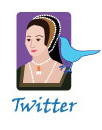




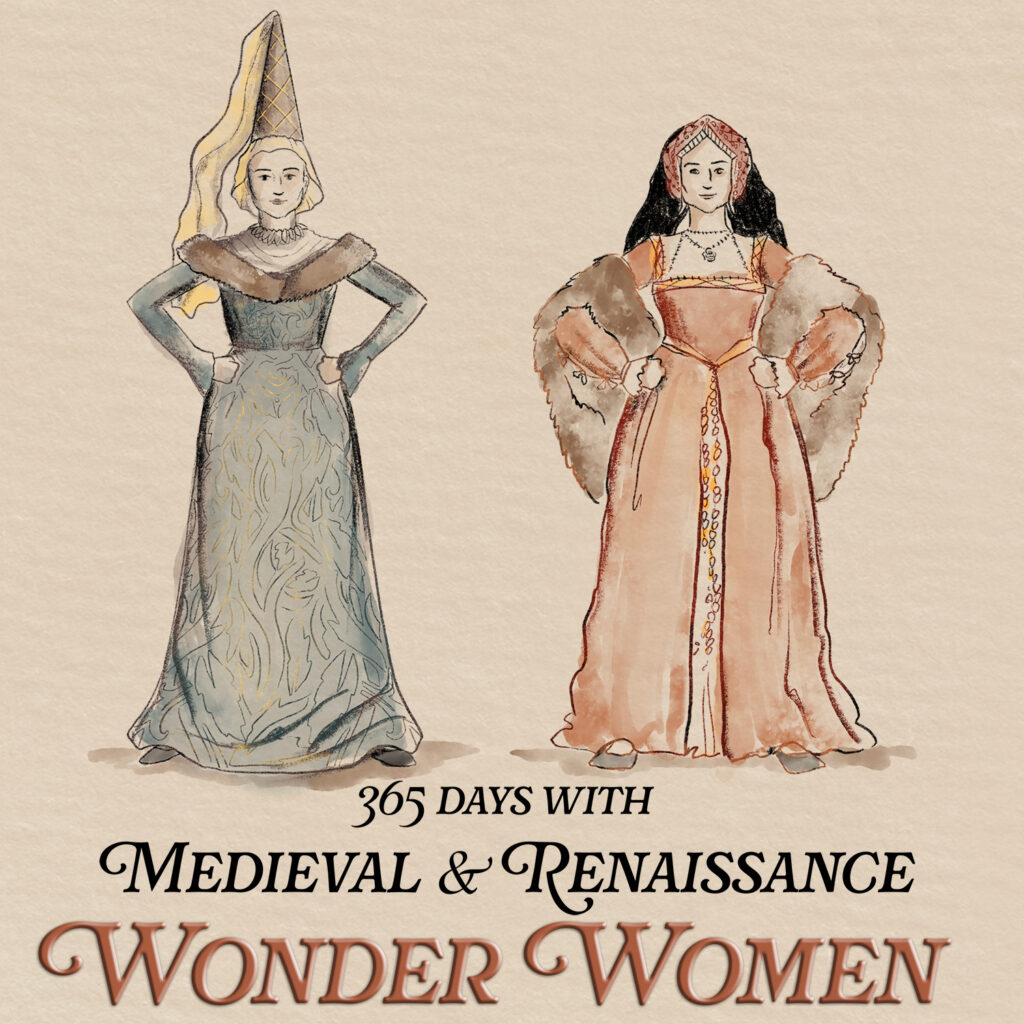
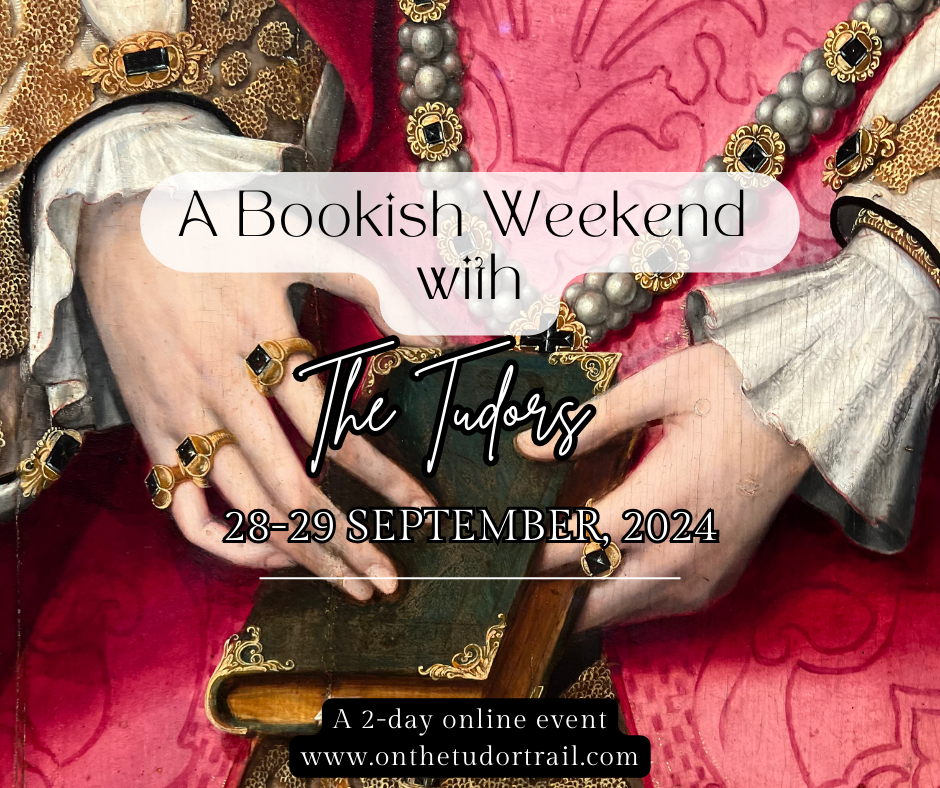
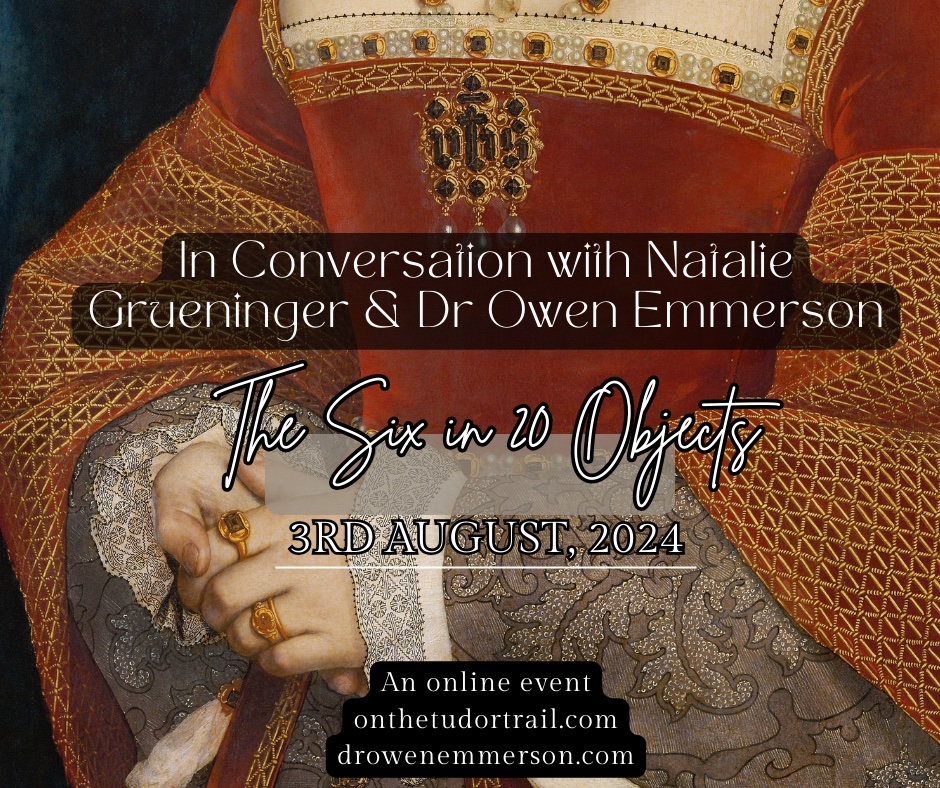
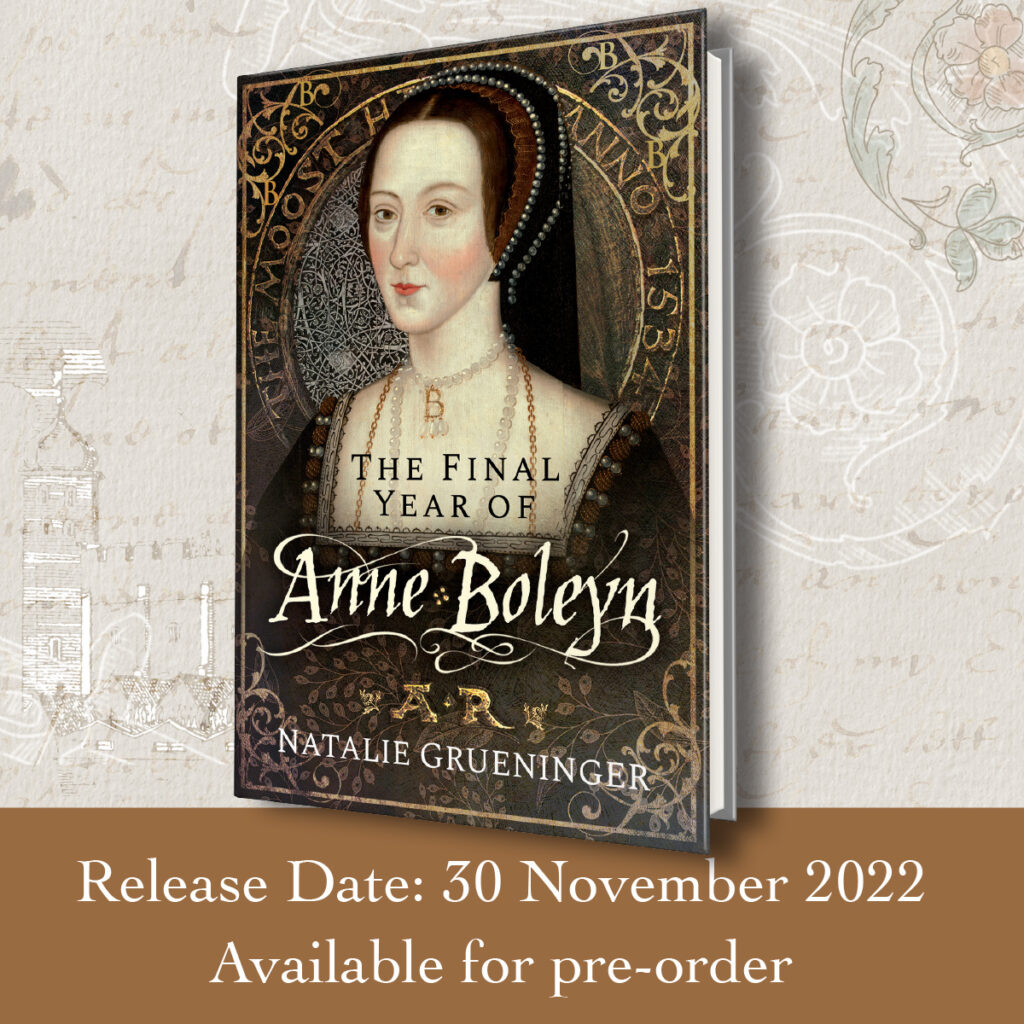
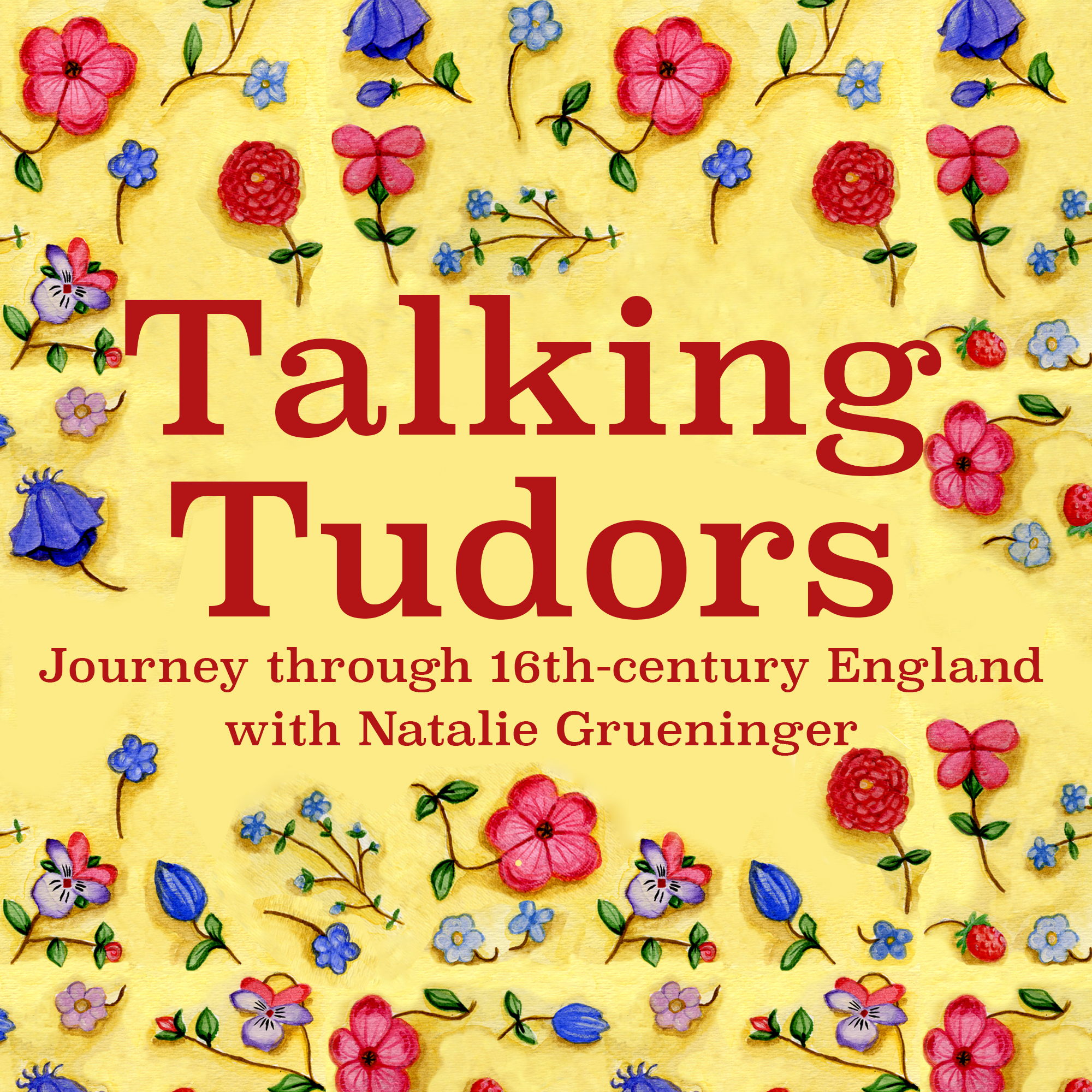

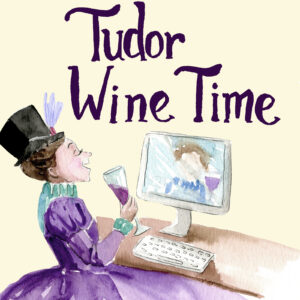
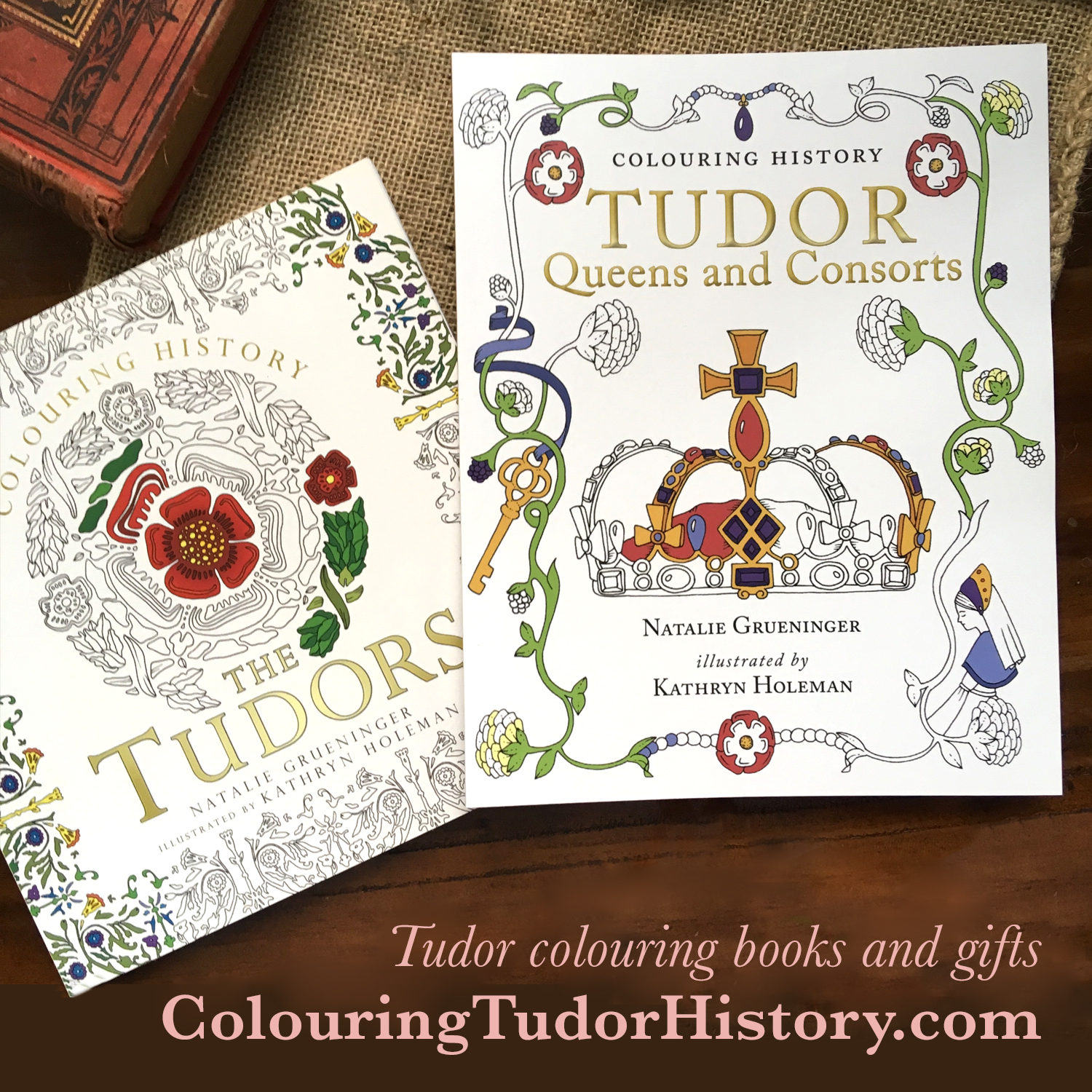



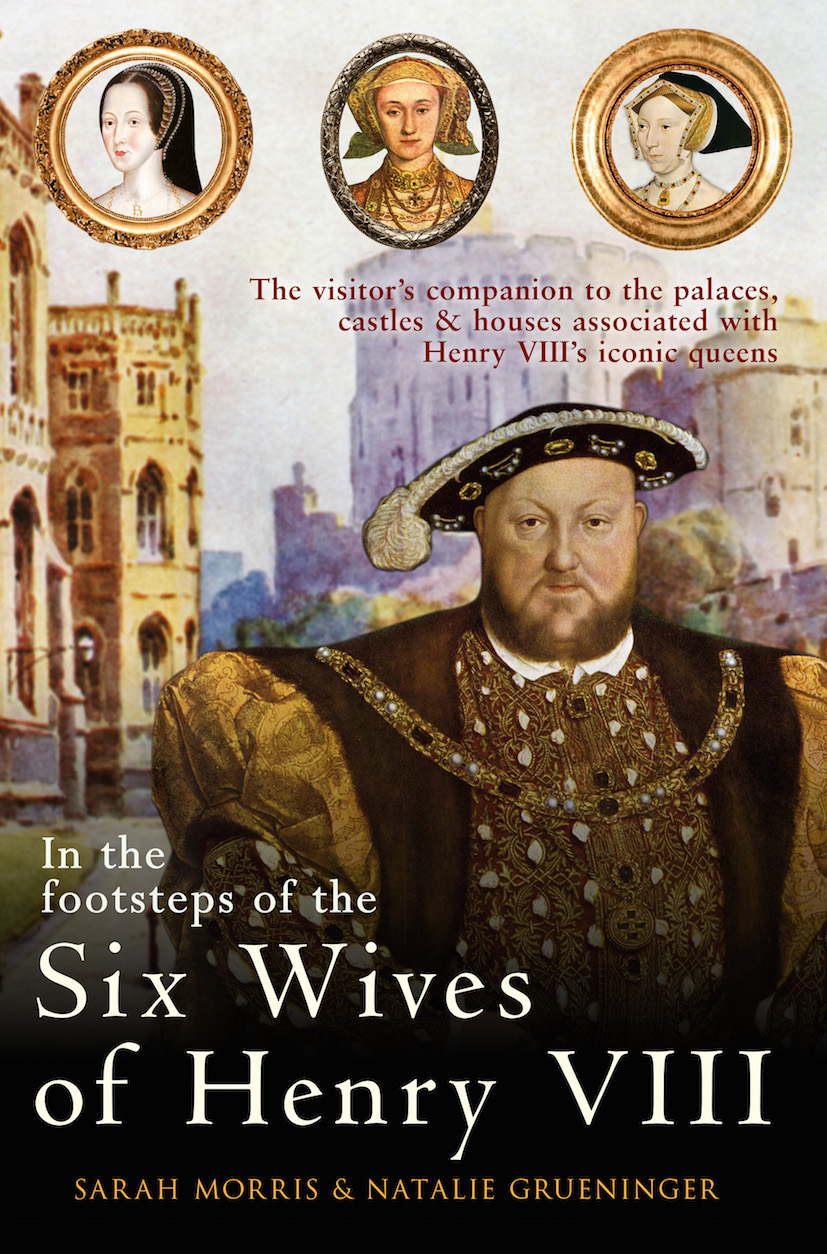
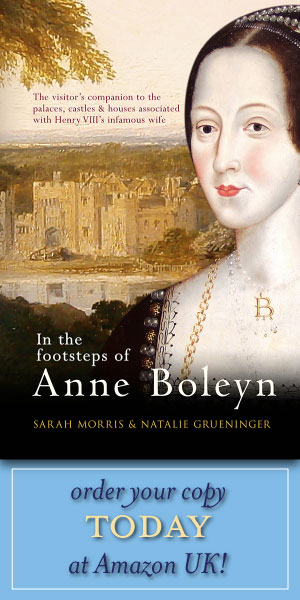
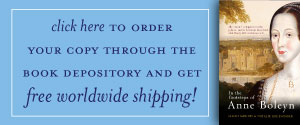
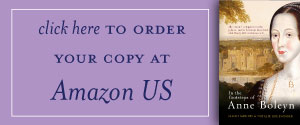
I think Anne would be terrified rather than disappointed, as she knew Henry was desperate for a son.
I don’t think Anne suffered from gender disappointment – she only spent two and a half years with Elizabeth before her execution. Her concern for her daughter’s education, in particular, seems to suggest to me that she would have promoted a reformist education during Elizabeth’s adolescence. Perhaps her role would have been similar to that taken by Katherine Parr. I don’t think it’s fair to assume that Anne was disappointed when the evidence is fragmentary and her existence in her daughter’s life so transitory. Is there any evidence that Katherine of Aragon played much of a part in the first three years of Mary’s life, or Elizabeth of York in the first three years of Henry’s life?
Very interesting article. I think we ‘want’ to believe Anne would have loved Elizabeth & made as many provisions as possible. I think much like Elizabeth they probably both felt disappointment in their own genders. Anne had to fight for Henry with sex & manipulation (under huge pressure from her family) and Elizabeth was forced to adopt a combative/coy stance during her reign to get anything passed. Must have exhausting. I only had my baby in the NNU for a week and struggled to bond initially. I can’t even imagine what it would have been like to have handed her over for wet-nursing and prolonged care to a stranger. Hard times for women.
While I am sure that there was a certain amount of disappointment when she had a girl because she knew she wasn’t completely safe unless she had a male heir, I still think Anne loved Elizabeth very much. Of course no one can know for sure because we are all hearing second-hand thoughts and no one is still alive that knew for sure. Maybe people mistook her being upset over not being able to give Henry a son as gender disappointment even though it really wasn’t. IDK.
I don’t see how Anne could not have suffered from gender disappointment. Both Anne and Henry’ believed that the birth of a son would be proof of divine approval of the marriage (and of the split from Rome) — so the birth of a girl was a severe blow, because they did not have “G-d’s seal of approval”.
Very interesting article, but I think Anne was so frightened of Henry 8th and her position in life rather than suffering from gender disappointment. I think the life of Anne Boleyn is one of the saddest lives in history she put so much stance in marriage to Henry and only wanted to please him and cement their love by giving him a son and heir and therefore remain in Henrys affection and remain his Queen. It all went so wrong for her very sad.
Perhaps there was the initial feeling of great disappointment, and worry of the King’s reaction. But Elizabeth was a strong healthy baby, and l have never read anything to suggest that Anne had had a difficult pregnancy or birth concerning Elizabeth, so these things were definately in Anne’s favour and would eventually soften the blow for the both of them.
Anne was an astute, intlligent woman, who still had a great influence over Henry despite reports of Henry’s disenchantment with Anne, which to my mind, was wishful thinking on the behalf of those who had no love for the Queen and nothing but malicious gossip and fanciful delusions..l personally think any Gender Disappointment was short lived and instantly replaced by the normal feelings of most new mothers, but being a Queen this would be governed by protocols and duties too, these went with the ‘Job’ therefore l don’t think you can use the lack of visits as a sign of disregard towards Elizabeth because she was a girl, but because of being the Queen Consort of England also.
The way Anne fought to try and keep Elizabeth from being disinherited plus the meeting with her Chaplin Matthew Parker before her arrest…whatever was said at that meet isn’t known, but there seemed to be some promise made to help and keep a watchful eye over Elizabeth, which he proved over time and during her reign. These actions don’t suggest a mother who didn’t care or love her child because she was Just a girl